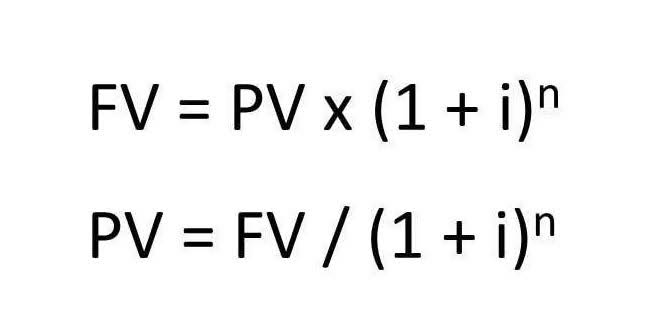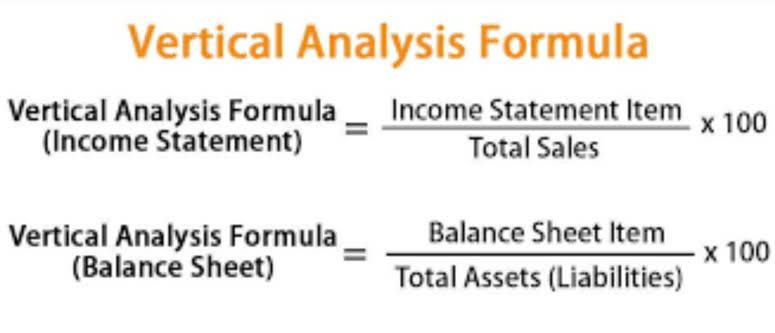فهرست عناوین

Any arrears would not accumulate for the future in case of noncumulative preference shares (stock) and thus would not be able to claim it, thereby leading to no obligation on the issuing company. Noncumulative preference shares are those shares that provide the shareholder a fixed dividend amount each year from the company’s net profit. Still, if the company fails to pay the dividend on such preference shares to the shareholder in any year, then such dividend cannot be claimed by the shareholder in the future. Let’s further assume that the bond’s market value is $1,050, while the stock is selling at $60 per share. If the investor converted their holding into preferred stock, they would own securities with a total market value of $1,200, compared with a $1,050 bond. If the investor’s goal is to earn income, he may keep the bond and elect not to convert.

Bonds and Preferreds
Preferred stock can have its place in a well-diversified portfolio, but investors should be aware of its downsides. This asset class is sensitive to interest rate fluctuations and offers limited upside potential but offers above-average payouts as a notable positive. When considering purchasing preferred contra asset account stock, it’s important to take into account whether or not you’re willing to potentially miss out on any unpaid dividends.
The Differences Between Common and Preferred Stock

Preference shares that include a cumulative clause protect the investor against a downturn in the company’s profits. If a company has missed any dividend payments in the past, this clause requires it to pay the dividends it owes the preferred shareholder before any are paid to common shareholders. In turn, the investor would receive a $70 annual dividend, or $17.50 quarterly. Typically, this preferred stock will trade around its par value, behaving more similarly to a bond.
Table of Contents
This can be beneficial for the issuing company, as it avoids the burden of accumulating unpaid dividends and potentially needing to make significant payments in the future. This feature provides investors with the opportunity to participate in potential capital appreciation if the common stock’s value increases. The information provided does not constitute investment advice and it should not be relied on as such. It should not be considered a solicitation to buy or an offer to sell a security. It does not take into account any investor’s particular investment objectives, strategies, tax status or investment horizon.


Our work has been directly cited by organizations including Entrepreneur, Business Insider, Investopedia, Forbes, CNBC, and many others. Finance Strategists has an advertising relationship with some of the companies included on this website. We may earn a commission when you click on a link or make a purchase through the links on our site.
Noncumulative Preference Shares Explained
- Similarly, holders of preferred stock may be able to take advantage of lower tax rates on qualified dividends, which may enjoy a 0, 15 or 20 percent rate, though not all preferreds are able to.
- Instead, they get a fixed dividend out of each year’s profits if the company fails to declare the dividend.
- Noncumulative preferred stockholders have priority over common shareholders when it comes to dividends that are declared in the current year.
- In most cases, convertible preferred stock allows a shareholder to trade their preferred stock for common stock shares.
- Noncumulative instruments have inherent risks, including dividend risk, liquidity risk, interest rate risk, credit risk, and call risk.
- Thomas J Catalano is a CFP and Registered Investment Adviser with the state of South Carolina, where he launched his own financial advisory firm in 2018.
Our team of reviewers are established professionals with decades of experience in areas of personal finance and hold many advanced degrees and certifications. Similarly, in insurance, noncumulative policies do law firm chart of accounts not allow for the carryover of unused benefits or coverage from one period to the next. This term underscores the importance of utilizing allocated benefits within the designated timeframe.
- In this article, we look at preferred shares and compare them to some better-known investment vehicles.
- Like bonds, preferred shares make cash payouts, often at a higher yield than bonds, while offering higher dividend returns and less risk than common stock.
- Preferred shares may be callable where the company can demand to repurchase them at par value.
- As mentioned earlier, convertible preferred stock provides the option to convert preferred shares into a predetermined number of common shares.
Understanding Discount Yield: Calculation, Factors, and Market Impact

The whole or any part of this work may not be reproduced, copied or transmitted or any of its contents disclosed to third parties without SSGA’s express written consent. At Finance Strategists, we partner with financial experts to ensure the accuracy of our financial content. 11 Financial may only transact business in those states in which it is registered, noncumulative preferred stock or qualifies for an exemption or exclusion from registration requirements. 11 Financial’s website is limited to the dissemination of general information pertaining to its advisory services, together with access to additional investment-related information, publications, and links. Owing to the non-accrual nature of these instruments, the absence of accumulated dividends or interest can lead to a reduction in the company’s liabilities.
 فارسی
فارسی
بدون دیدگاه